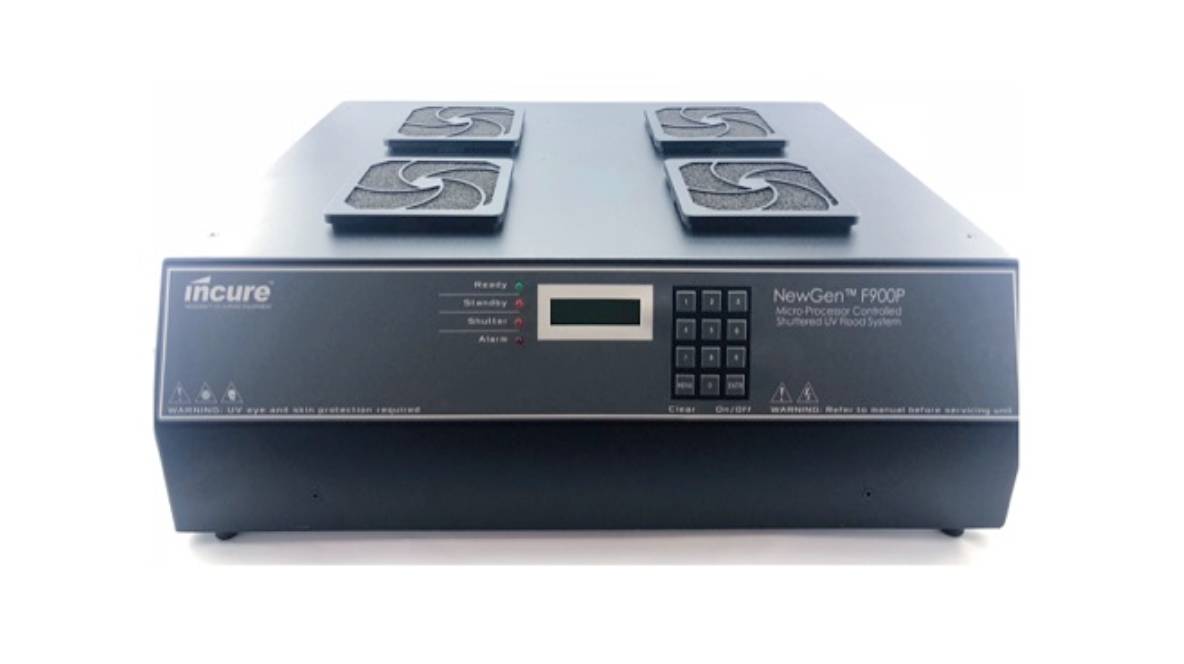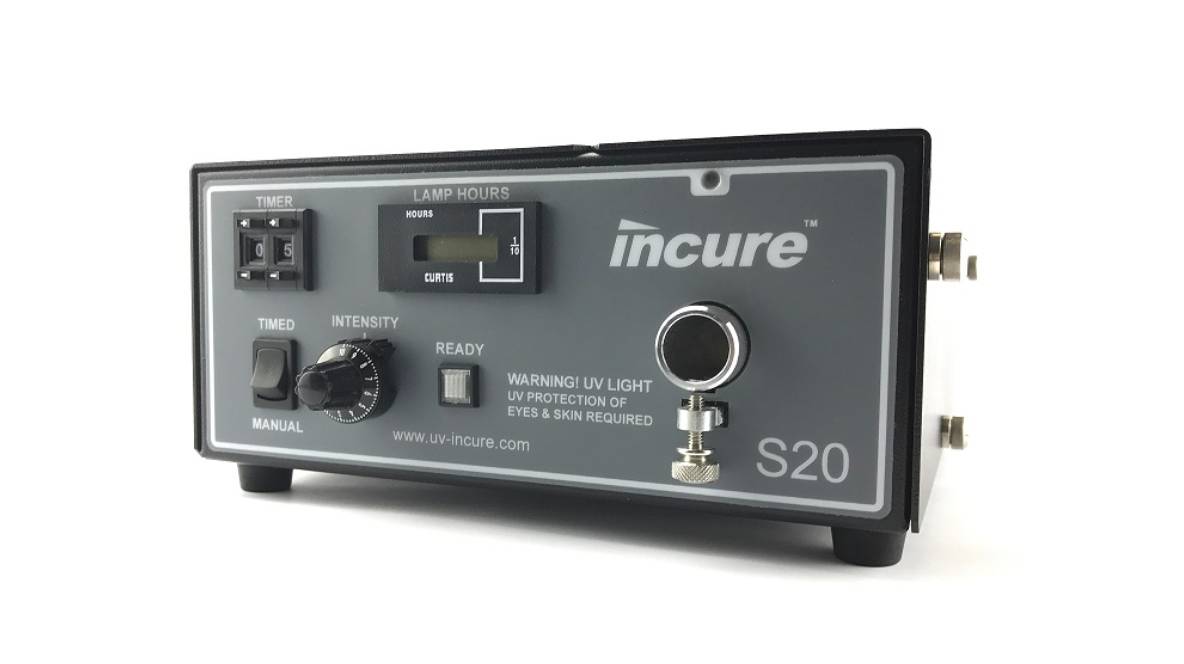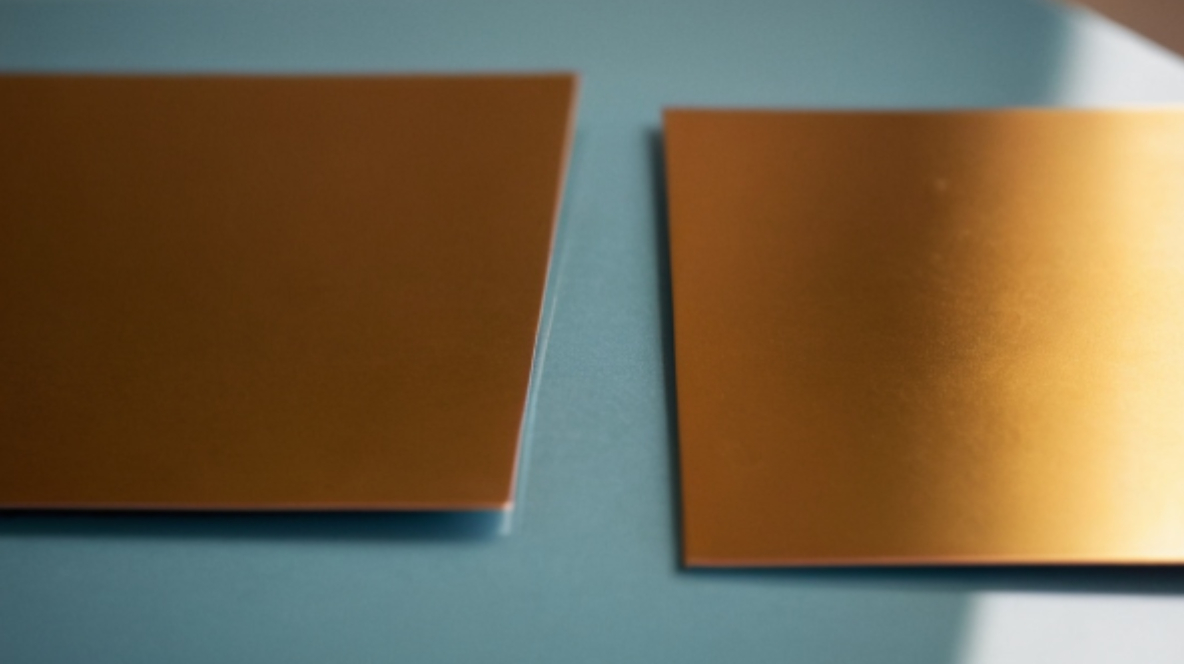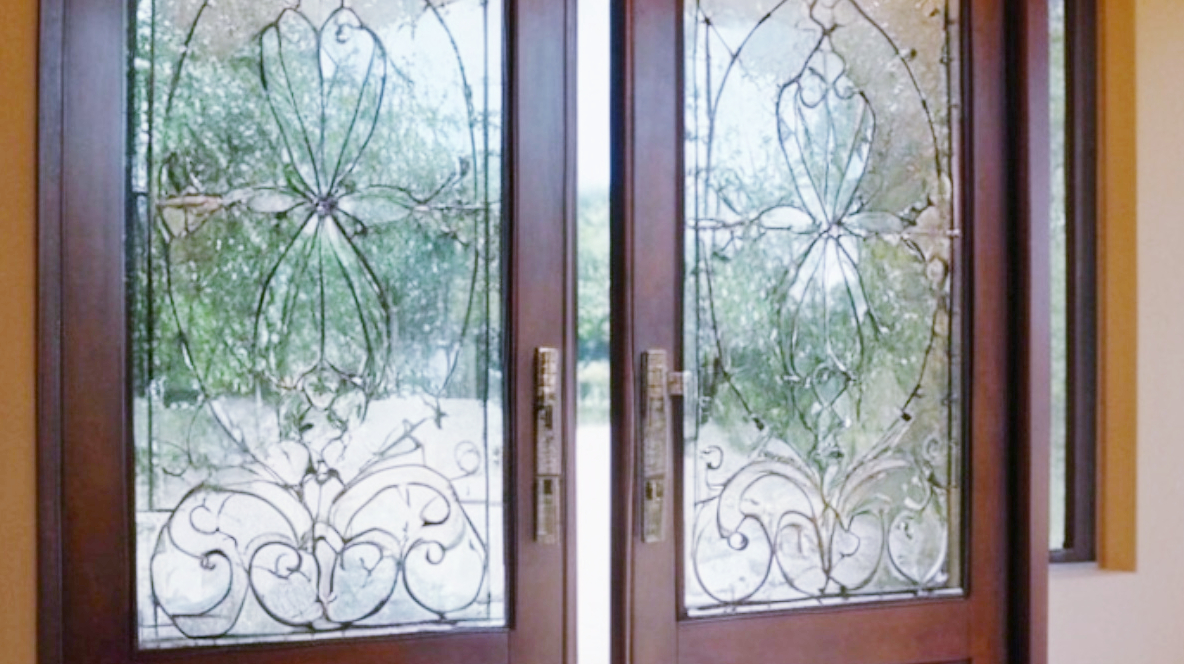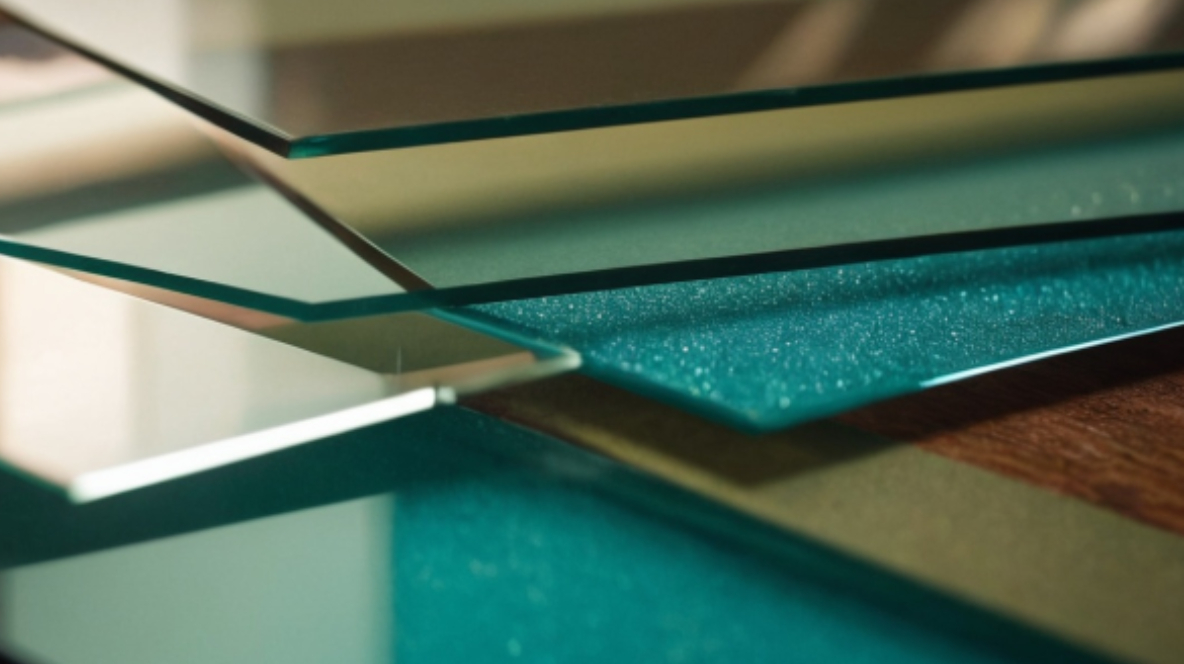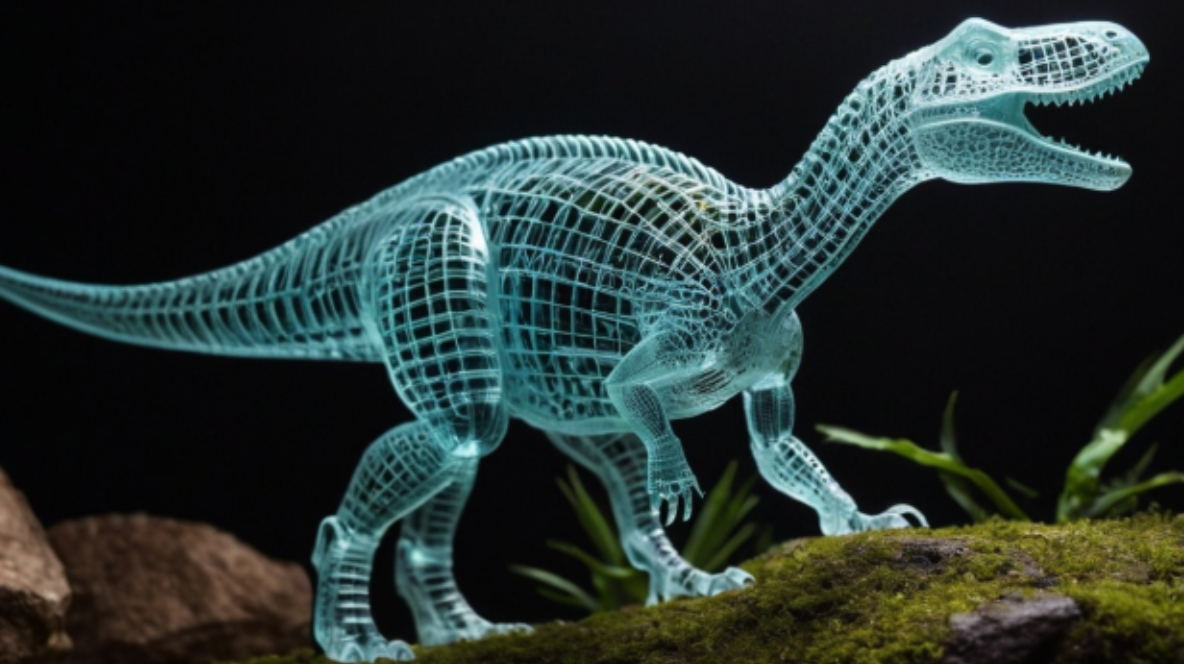UV Curing Systems: The Key to Faster, Greener Manufacturing
Optimize your manufacturing process with advanced UV curing systems. This guide explores the benefits of UV curing, key factors to consider when choosing a system (wavelength, intensity, lamp type), and how Incure's custom solutions can enhance your production capabilities. The Power of UV Curing: A Modern Manufacturing Essential UV curing utilizes ultraviolet light to instantly cure resins, coatings, adhesives, and inks. This photochemical process offers significant advantages over traditional methods: Blazing-Fast Curing: Dramatically reduces production time and increases throughput. Superior Product Quality: Achieves consistent, durable, and high-quality finishes. Energy Efficiency: Consumes less energy compared to thermal curing, reducing operational costs. Environmentally Friendly: Eliminates the need for volatile organic compounds (VOCs), minimizing environmental impact. Versatile Applications: Adaptable to a wide range of materials and industries, including electronics, automotive, medical devices, printing, and more. Choosing the Right UV Curing System: Key Considerations Selecting the optimal UV curing system is a critical decision. Here are the key factors professionals and manufacturers should consider: Wavelength: Matching the UV wavelength to the specific resin or material is essential for effective curing. Common wavelengths include UV-A, UV-B, and UV-C. Intensity: Measured in milliwatts per square centimeter (mW/cm²), intensity dictates the curing speed. Higher intensity generally equates to faster curing. Power Output: The total power emitted by the UV light source, measured in watts. This influences the overall curing capacity. Lamp Type: Various lamp technologies exist, each with its own characteristics: Mercury Vapor Lamps: Traditional, broad-spectrum UV output. Metal Halide Lamps: Higher intensity and more focused spectrum. LED UV Lamps: Energy-efficient, long-lasting, and offer customizable wavelengths. Lamp Configuration: The arrangement of UV lamps (e.g., spot curing, flood curing) should align with the specific application requirements. Control System: A user-friendly control system allows for precise adjustment of exposure time, intensity, and other parameters. Integration: Seamless integration with existing production lines and equipment is crucial for maximizing efficiency. Incure: Your Partner in Advanced UV Curing Solutions Incure is a leading provider of innovative UV curing systems, empowering professionals and manufacturers to achieve exceptional results. Our comprehensive offerings include: Customizable Systems: We design and manufacture tailored UV curing systems to meet your unique production needs, whether it's high-speed, high-volume manufacturing or precise, small-scale operations. High-Performance Lamps: Our state-of-the-art UV lamps deliver superior performance, reliability, and long lifespan. Advanced Control Systems: Our intuitive control systems provide precise control over the curing process, ensuring consistent and repeatable results. Expert Support: Our team of experienced engineers offers comprehensive technical support and guidance, from system design and installation to ongoing maintenance and troubleshooting. Industry Expertise: We possess deep industry knowledge across various sectors, enabling us to provide tailored solutions that address specific challenges and requirements. Maximizing Your UV Curing Investment To ensure optimal performance and longevity of your UV curing system, consider these additional tips: Regular Maintenance: Implement a routine maintenance schedule for UV lamps and system components. Proper Ventilation: Ensure adequate ventilation to dissipate heat and fumes generated during the curing process. Safety Precautions: Always adhere to safety guidelines and use appropriate protective…
